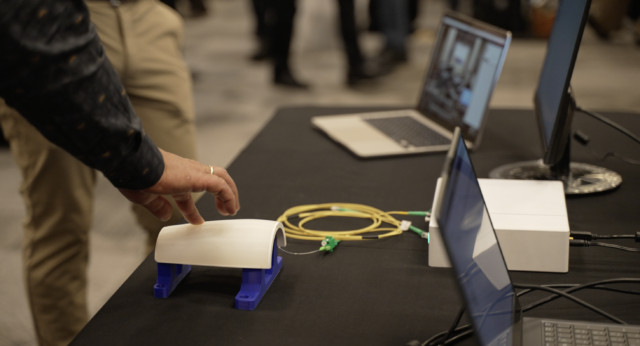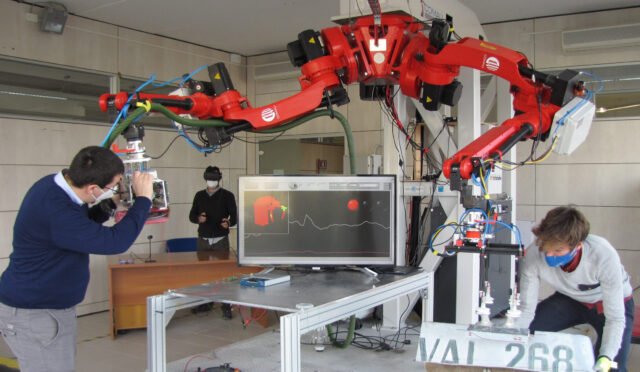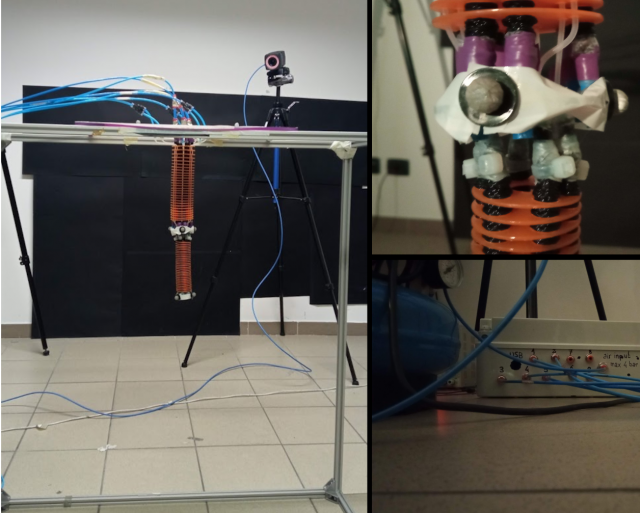HomeRobotic Database - Robotic platform | TERRINet
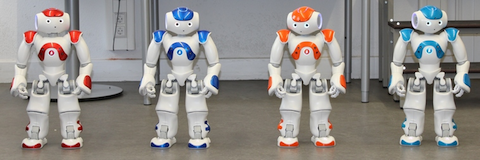
NAO Robots
NAO is an autonomous, programmable humanoid robot developed by Adelbaran Robotics in 2006 (now SoftBankRobotics [1]). The robot is commonly used for research and education purposes. Mostly known is this robot due to the participation in the RoboCup Standard Platform Soccer League [2]. In this league the robots play fully autonomously, make decisions independently from each other but can also cooperate with each other. NAO can be programmed graphically via the programm Choregraphe, which is commonly used by young students with no programming experience. The robot can also be programmed in python and C++, which allow a wide range of complexe tasks to be fulfilled . The robot can also be used to show mathematical modelling on humanoids robots to solve complexe tasks.
Key features:
- 2 HD cameras, 4 microphones, sonar rangefinder, 2 infrared emitters and receiver, intertial board, 9 tactile sensors, 8 pressure sensors
- Easy programmable robot
- NAO is very stable due to the intertial board and construction of the robot
Possible applications:
- Multi-robot task planning
- Human-robot interaction
- Intuitive programming
- Motion and Task Planning
Technical specifications
| Connectivity: | Ethernet, Wifi |
| Programming Languages: | C++, Python, Javam MATLAB, Urbi, C, .Net |
| Compatible OS: | Windows, Mac OS, Linux |
| Built-in OS: | NAOqi 2.0 (Linux based) |
| Processor: | Intel Atom @ 1.6 GHz |
| DoF: | 25 |
| Height: | 58 cm |
| Weight: | 4.3 kg |
| Power supply: | 48.6 Wh (Lithium Battery, 90 min active use) |
| Sensors: | 2 HD cameras, 4 microphones, sonar rangefinder, 2 infrared emitters and receiver, intertial board, 9 tactile sensors, 8 pressure sensors |
Access information
| Corresponding infrastructure | Karlsruhe Institute of Technology Institute of Anthropomatics and Robotics - High Performance Humanoid Technologies Lab (IAR H2T) |
| Location | Adenauerring 2, |
| Unit of access | Working day |




